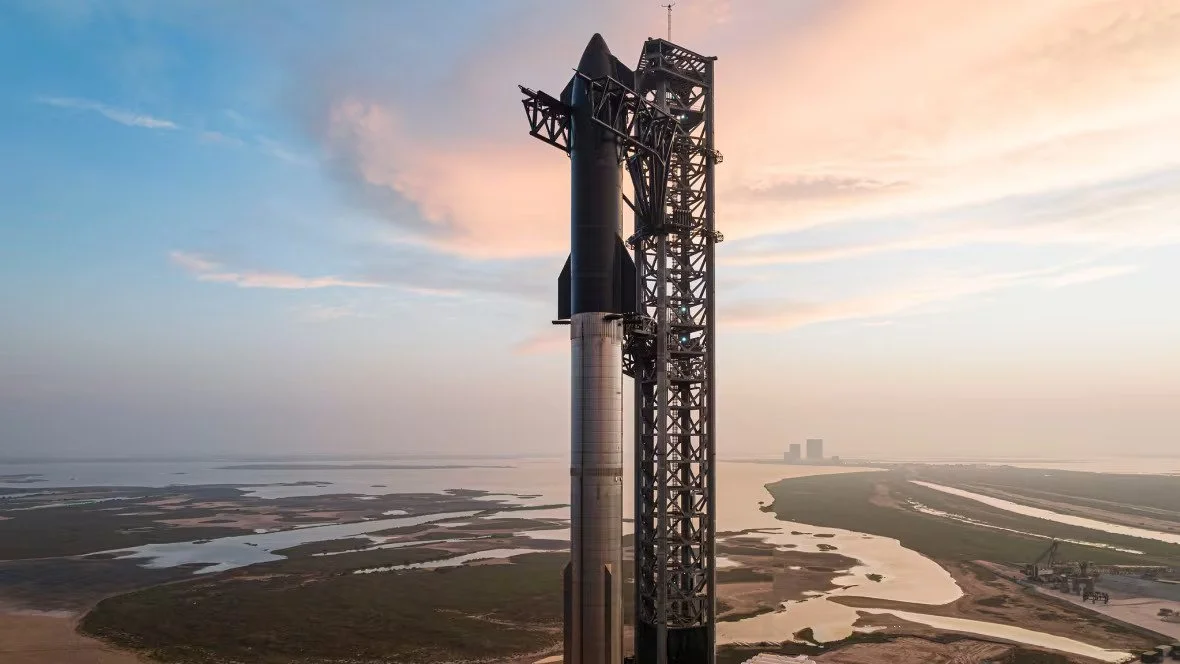Cadence Is King: Q1-2025 Launch Data and the Rideshare P&L
Starship ready for launch in Boca Chica, Texas, April 2023.
Credit: SpaceX
Why tempo, not payload size, is the primary driver of enterprise value right now
Quarter-by-quarter launch data is a blunt instrument, but Q1-2025 reinforced a truth operators already act on: cadence is the revenue metronome. U.S. providers conducted 42 orbital launches in the quarter, with 900 spacecraft launched globally (780 of which were from SpaceX alone); the vast majority were small and commercial. Regardless of one’s feelings about mega-constellation externalities, the operating model that matters to downstream businesses is frequent, predictable access to orbit.
Why does this matter to rideshare economics? Because value in the secondary seat is created when the bus shows up often enough that missed windows don’t kill a quarter. A weekly (or better) cadence allows service providers to sell predictable delivery windows and to spread integration overheads over more flights. That, in turn, reduces the variance that terrifies non-space customers: the agritech platform lining up a seasonal campaign; the insurance model calibrating per-region risk; the logistics firm budgeting asset trackers. They don’t buy kilograms; they buy time to capability.
Agile, reusable platforms compress the S-curve—shorter development, faster adoption—and cadence is the operational heartbeat of that compression. It’s also why a “payload-is-king” mind-set misreads current enterprise value creation. Big single missions still matter for deep-space science and national assets, but most commercial demand forms at the edge: smallsats, sensors, hosted payloads, iterative tech refresh. The more often the bus rolls, the more experiments become products.
Talk about go-to-market here as portfolio shaping rather than a procurement checklist. A healthy rideshare business doesn’t chase every manifest; it designs for repeat customers with predictable release trains—geospatial analytics firms pushing monthly product upgrades, IoT operators adding regional coverage, defence customers seeding tech insertions. The conversation with them isn’t “we can fit you on this one rocket,” it’s “we can align your roadmap to a rolling set of windows, swap slots when weather or licensing shifts, and guarantee that a slip costs weeks, not quarters.” That’s how you turn a lumpy launch line item into a subscription-like operational expense.
As more providers increase tempo—heavy-lift entrants, mid-class launchers, and responsive micro-launch—competition will migrate from sticker price to reliability of schedule, integration experience, and post-deployment support. That’s the tell that launch is maturing into infrastructure: differentiation shifts from thrust to service quality, and downstream businesses finally plan around a calendar, not a wish.
